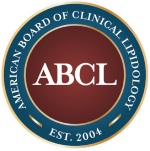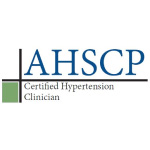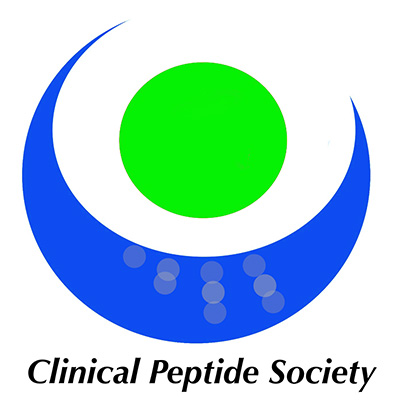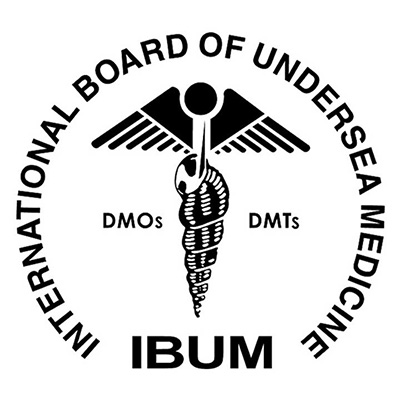Understanding Erectile Dysfunction: Causes and Treatments

Erectile dysfunction, sometimes called impotence, is a common condition in male patients that refers to the inability to get or keep an erection suitable enough for sex. While it is normal to occasionally have trouble in this area, there may be cause for alarm if the issue continues. It can result from many factors ranging from mental health issues to underlying health conditions. Let us take a closer look at erectile dysfunction and how we can help.
Causes of erectile dysfunction
Sexual arousal is a layered process involving the brain, hormones, emotions, nerves, muscles, and blood vessels. Therefore, erectile dysfunction (ED) can result from factors inhibiting any of these.
Psychological factors
Considering the brain is in control of the body, it is easy to see how stress or mental health issues, such as depression or anxiety, can inhibit sexual performance. A series of mental events occur before an erection manifests, one being the relationship an individual has with sex and another being the circumstances that led them to their current position. Therefore, if the relationship is unhealthy or the individual is unhappy with their partner, the body may find it difficult to respond.
Physical factors
Many physical factors can contribute to erectile dysfunction. These can include heart disease, diabetes, obesity, low testosterone, prostate cancer, and more. Patients will undergo a consultation, which will likely include lab work. The healthcare provider will also review the patient's medical history with current and previous medication use during this time. That way, they have a full view of why the patient is experiencing erectile dysfunction.
Lifestyle factors
Substance use can greatly affect an individual's sexual abilities, as can a sedentary life. Therefore, if a patient consumes tobacco, recreational drugs, or overindulges in alcohol, these are often great indicators of erectile dysfunction. Likewise, if an individual's activity levels are minimal to nonexistent, the blood flow will slow significantly, making it extremely difficult to get an erection.
Diagnosing erectile dysfunction
A healthcare provider will order testing during a consultation to determine the source of erectile dysfunction. This will likely include blood work, urine tests, physical examinations, imaging tests, and psychological tests. The blood work and urine test (urinalysis) help identify medical issues that can only be identified in the bloodstream, such as heart disease or low testosterone. The physical examination involves carefully assessing the penis, testicles, and nerves to determine if they can feel sensations.
Imaging tests typically mean an ultrasound. It involves using a transducer, a wandlike device, to help the doctor get a better view of the way the blood is flowing through the penis and testicles by creating a video image of the blood vessels. Finally, the psychological test refers to having an open, honest conversation with the doctor regarding the patient's relationship with sex, when they noticed these symptoms, and what they believe led to them.
Erectile dysfunction treatment
After reviewing the information from the consultation, the healthcare provider can construct a treatment plan. If there is an underlying medical condition, such as heart disease or diabetes, they will instruct the patient to seek appropriate care for said condition before trying to treat erectile dysfunction, which could simply be a side effect of the more serious condition.
Oral medications
The U.S. Food and Drug Administration (FDA) has approved four medications to battle erectile dysfunction: sildenafil, tadalafil, vardenafil, and avanafil. They work by increasing the nitric oxide in the body to relax the penis muscles, effectively increasing blood flow and allowing individuals to get an erection through normal stimulation.
Injections
Self-injections that include alprostadil involve using a fine needle to deliver the substance into the base of the penis 30 minutes before intercourse. This FDA-approved medication helps individuals keep an erection for at least an hour. Also, note that pain is minimal to nonexistent because the needle is so fine.
Suppositories
Suppositories, formally known as alprostadil urethral suppositories, involve placing a small suppository inside the penis shaft and locating the urethra 10 minutes before intercourse. The effects can last anywhere between 30 minutes and an hour.
Testosterone replacement
For those with low hormone levels, the healthcare provider may deliver testosterone in gels, pills, or injections. Often, this is done in combination with other treatments on this list.
Penis pumps
If medications prove ineffective, a penis pump may be recommended. It is a handheld device with a hollow tube for penis placement. Once appropriately situated, it will create a vacuum-like suction, enhancing the penis by stimulating its blood flow.
Psychological counseling
For those with no physical inhibitors, psychological counseling can help remove barriers that affect performance. These can include past trauma, a deeper understanding of sex and how it affects the brain and body, and more.
Perform with confidence again
Erectile dysfunction is a layered condition that usually requires professional intervention to overcome. If you are experiencing this condition, do not be embarrassed. Contact our office for an appointment to see how we can help.
Request an appointment here: https://www.Lasvegasmedicalinstitute.com or call Las Vegas Medical Institute at (702) 577-3174 for an appointment in our Las Vegas office.
Check out what others are saying about our services on Yelp: Erectile Dysfunction in Las Vegas, NV.
Related Posts
EZ-Gel PRF, also known as ezPRF, is an advanced, natural treatment that uses the body's healing properties to rejuvenate skin and promote tissue repair. Unlike synthetic fillers or chemical treatments, this method provides a natural and effective way to restore skin health and accelerate healing. This treatment is popular in aesthetics and regenerative medicine.EZ-Gel PRF…
The human body has an effective ability to heal itself. However, it sometimes requires additional support. Hyperbaric oxygen therapy (HBOT) is a natural way to enhance the healing and recovery process. This innovative treatment increases oxygen availability in the body, promoting cell regeneration and reducing inflammation.Hyperbaric oxygen therapy involves breathing pure oxygen in a pressurized…
InMode Morpheus8 is a cutting-edge, non-surgical treatment that combines microneedling with radiofrequency (RF) technology to rejuvenate and tighten the skin. This advanced procedure targets deep layers of the skin to stimulate collagen production, enhance skin elasticity, and improve overall texture. As a result, patients experience smoother, firmer, and more youthful-looking skin without invasive surgery. Understanding…
P-Tox is an innovative neuromodulator treatment that reduces fine lines and wrinkles, creating a smoother and more youthful appearance. By relaxing targeted facial muscles, P-Tox softens dynamic wrinkles caused by repetitive expressions, helping individuals achieve a refreshed look without surgery. In addition to its cosmetic benefits, P-Tox has therapeutic applications, making it a versatile option…














